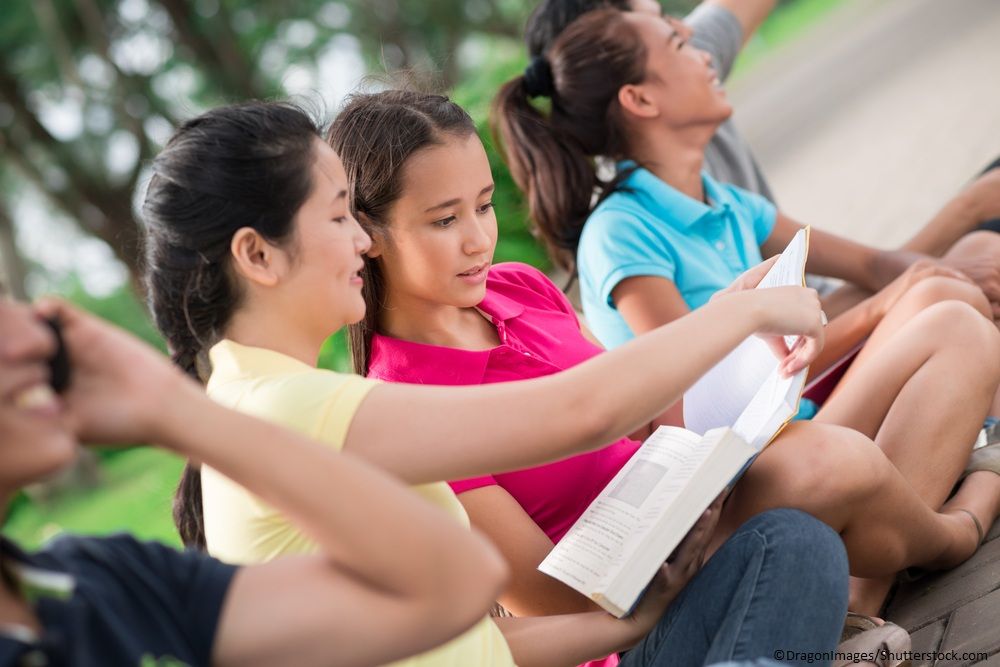
Article
Toll of Environmental Exposures on Teen Psychosocial Stress
Author(s):
How does a child’s physical living space impact their neurodevelopment? Can it cause them increased stress?
DragonImages/Shutterstock

As the world has changed and the space a child can breathe and spread out in has grown smaller, environmental exposures to artificial light at night, noise, secondhand smoke, near-roadway air pollution, and other adverse health effects have only increased. A report in JAMA Network Open looks at whether these exposures are linked to childhood psychosocial stress.1
The report’s investigators ran a cohort study that included participants from the Southern California Children’s Health Study. The participants resided in 8 densely populated urban communities and responded to highly detailed questionnaires. Artificial light at night exposure was determined via utilized satellite images. Green space also used satellite technology. Noise levels were estimated using the US Traffic Noise Model. Near-roadway air pollution was established through a dispersion model. Stress was determined at ages 13 to 14 years and 15 to 16 years through the 4-item Perceived Stress Scale, with higher scores on the scale indicate a higher level of stress.
A total of 2290 children were recruited for the study. The researchers found that girls had higher perceived stress than their male counterparts with an average score of 5.7, whereas boys had an average of 4.9. As girls aged, their average stress score rose to 6.0, but boys’ score reduced to 4.7 as they aged. Multivariate mixed-effects models that examined multiple exposures found that exposure to secondhand smoke in the home was linked with a 0.85 increase in the score. When looking at factors in the physical environment, the researchers found that an interquartile range (IQR) increase in artificial light at night was tied to a 0.57 unit increase in the score together with a 0.16 score increase per IQR increase of near-roadway air pollution and a −0.24 score decrease per IQR increase of the enhanced vegetation index.
Interestingly, income appeared to modify the artificial light at night effect size estimate. The children who lived in households earning less than $48,000 per year were found to have significantly greater stress per IQR increase in artificial light at night. Additionally, sleep duration seemed to mediate, at least in part, the ties between stress and artificial light at night, as well as enhanced vegetation index.
The researchers concluded that exposure to a number of environmental exposures such as nighttime artificial light, secondhand smoke, and air pollution were linked to increased perceived stress in young adolescents. Availability of green space did helps ameliorate those associations.
Reference
1. Franklin M, Yin X, McConnell R, Fruin S. Association of the built environment with childhood psychosocial stress. JAMA Netw Open. 2020;3(10):e2017634.
2 Commerce Drive
Cranbury, NJ 08512
All rights reserved.




